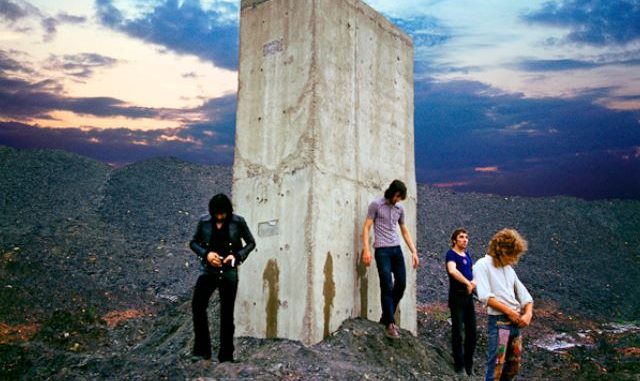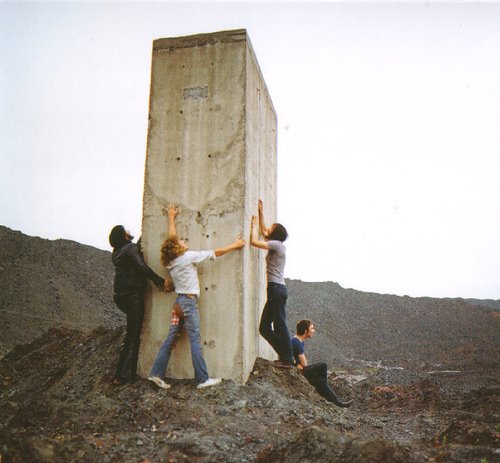
Who’s Next is often heralded as The Who’s magnum opus. Whether it actually is the best album they ever made is in the eye (or ear) of the beholder, but no matter how you rate it, there’s no denying that the lads were firing on all cylinders at this point. The general fan opinion certainly puts the album among their very best.
The album is more or less made up of bits and pieces from Pete Townshend’s abandoned Lifehouse project. This was meant to be the triple album follow-up to Tommy, and was, like its predecessor, also designed as an ambitious rock musical. Ultimately, it collapsed under the weight of its own size and complexity, plus the fact that nobody around Townshend seemed to understand what it was about.
That does not mean that there weren’t good ideas in there. In fact, when they cut away all the fat, picked up all the individual great bits, cleaned them up a bit and reshaped them into concise songs, it was clear that there was more than enough really superb material there to make a killer album.
The sleeve did a good job of signalling this. It trumpeted that this was a band returning to the no-nonsense rock that they did best. They chose an album sleeve that pictured the group having just finished collectively urinating on a giant monolith (most commonly been linked with the 2001: A Space Odyssey movie from 1968).

The photographer, Ethan Russell, was following the band around on the UK spring tour of May 1971. The back cover is a shot he did of the band backstage at De Montfort Hall in Leicester early that month.
At the end of the tour, on their way back to London, they were driving past the Easington Colliery area near Sheffield. By chance, they noticed (by the side of the road) an industrial dumping ground with a huge slab of cement. Russell grabbed his camera, and they all walked out onto the dark reef of the slag.

The sky was still grey and occasional drops of rain fell. At first Russell directed them to react to the slab in a similar way to Kubrick’s apes and astronauts in 2001: approaching cautiously, arms upraised almost touching it. This ended up being too much of a recreation and didn’t work, so they stopped and started mulling about. That’s when Pete walked up to the slab and started pissing on it.
According to Russell, most of the band members attempted to follow suit, but some (if not all) were unable to urinate on the spot. Rainwater was tipped from an empty film canister to achieve the desired effect, and shortly after they had the shot.
It was a stroke of luck, really. Russell admits that he didn’t exactly have his finger on the motor drive, and only took a few shots. But 24 hours later, one of the photos was picked and turned into the cover we know today.
Only later did they learn that the site was a dumping ground, as well as what those pillars were used for: to keep the waste in place.

Alternative cover art was shot, featuring Moon dressed in black lingerie and a brown wig, holding a whip. This was later used for the inside art for the 1995 and 2003 CD releases. Some of the photographs taken during these sessions were later used as part of Decca’s United States promotion of the album.
With his involvement in the Who’s Next cover, Russell became the only man to have worked on covers for the ‘big three’ British bands of the 1960s: The Who, The Rolling Stones (Through The Past Darkly) and The Beatles (Let It Be).

Facebook Comments